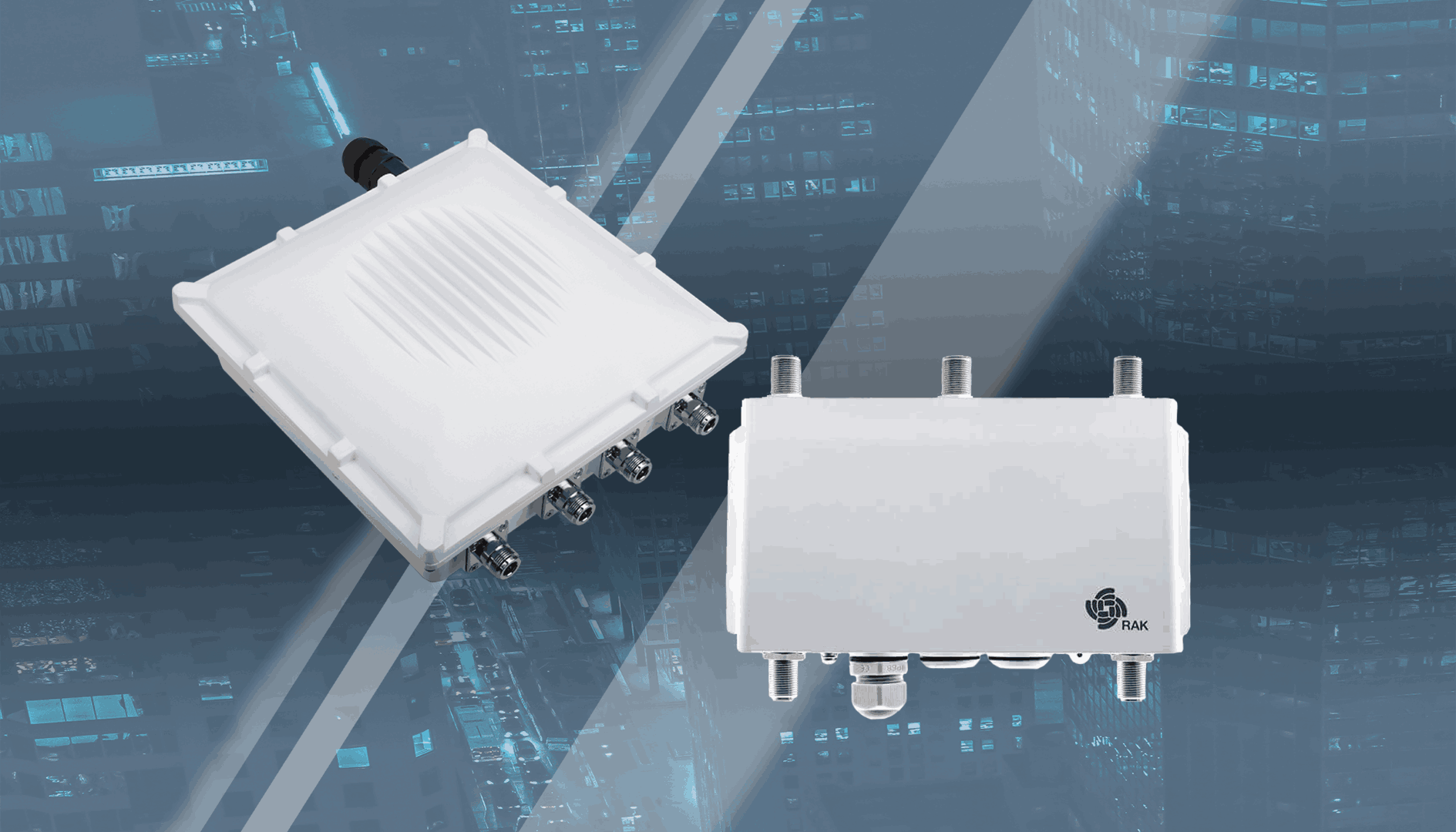LoRa Gateway Bridge versus Packet Forwarder: What’s the Difference?
LoRaWAN, the low-power, wide-area network (LPWAN) protocol, has gained significant popularity in Internet of Things (IoT) networks. At the heart of a LoRaWAN network lies the LoRa gateway, responsible for connecting end devices to the network. A communication protocol or software is required to facilitate seamless communication between the gateway and the network server. Two prominent solutions for this purpose are LoRa Gateway Bridge and Packet Forwarder. This blog will explore the key differences between LoRa Gateway Bridge and Packet Forwarder, helping you understand which option may suit your specific use cases.
Understanding LoRa Gateway Bridge
LoRa Gateway Bridge bridges the LoRa gateway and the network server in a LoRaWAN network. Its primary function is translating the LoRaWAN protocol the gateway uses into a format compatible with the network server. Some key features and capabilities of LoRa Gateway Bridge include the following:
- Compatibility: LoRa Gateway Bridge offers better integration with various LoRaWAN network servers, allowing for easier interoperability and managing multiple gateways.
- Ease of Use: Implementing and configuring LoRa Gateway Bridge is relatively straightforward, making it accessible to many users.
- Advanced Functionality: LoRa Gateway Bridge provides additional functionalities, such as packet filtering and frequency management, which can be advantageous for specific use cases.
- Community Support: Due to its popularity, LoRa Gateway Bridge benefits from an active and supportive community, making it easier to find resources, documentation, and troubleshooting assistance.
To illustrate the practicality of LoRa Gateway Bridge, consider a scenario where you have a LoRaWAN network with multiple gateways deployed across different regions. With LoRa Gateway Bridge, you can efficiently manage and integrate these gateways into a unified network, simplifying the overall management and monitoring process.
Unveiling Packet Forwarder
Packet Forwarder, an alternative to LoRa Gateway Bridge, transmits data from the LoRa gateway to the network server. It operates as a lightweight software module within the gateway, efficiently forwarding packets without the need for complex translation. Some key aspects of Packet Forwarder are as follows:
- Lightweight and Efficient: Packet Forwarder is designed to be lightweight and resource-efficient, minimizing the processing overhead on the gateway.
- Streamlined Data Transmission: The packet Forwarder optimizes the data transmission process by eliminating the need for protocol translation, ensuring efficient communication between the gateway and the network server.
- Lower Latency: Due to its streamlined approach, Packet Forwarder can achieve lower latency in transmitting data packets, which can be critical for time-sensitive applications.
- Limited Functionality: Unlike LoRa Gateway Bridge, Packet Forwarder focuses primarily on packet transmission, without offering advanced features like packet filtering or frequency management.
Consider a use case where you have a small-scale LoRaWAN deployment with a single gateway. In this scenario, Packet Forwarder’s lightweight nature and efficient data transmission capabilities make it a suitable choice, as it fulfills the basic requirement of transmitting packets to the network server.
Key Differences between LoRa Gateway Bridge and Packet Forwarder
It is essential to understand their key differences to make an informed decision about choosing between LoRa Gateway Bridge and Packet Forwarder. Here are the main factors to consider:
- Functionality and Architecture: LoRa Gateway Bridge offers more advanced functionalities, such as protocol translation and packet filtering, making it suitable for complex network setups. On the other hand, Packet Forwarder focuses solely on packet transmission, without the additional features provided by LoRa Gateway Bridge.
- Compatibility: LoRa Gateway Bridge is designed to work seamlessly with various LoRaWAN network servers, ensuring compatibility and ease of integration. Packet Forwarder, although widely used, may require specific configurations or adaptations to work optimally with certain network servers.
- Flexibility: LoRa Gateway Bridge provides higher flexibility, allowing for customization and tailored configurations based on specific network requirements. Packet Forwarder, being a simpler solution, may have limited flexibility in terms of customization options.
- Scalability: Regarding scalability, LoRa Gateway Bridge offers better management capabilities for large-scale deployments with multiple gateways. It provides centralized control and monitoring, simplifying the overall management of a growing LoRaWAN network. Packet Forwarder, being more lightweight, may be better suited for smaller deployments with fewer gateways.
- Community Support and Documentation: LoRa Gateway Bridge benefits from a larger user community, resulting in extensive documentation, resources, and community-driven support. Packet Forwarder, while widely adopted, may have a smaller community and resources available.
Choosing between LoRa Gateway Bridge and Packet Forwarder ultimately depends on your specific use case and requirements. If you have a complex network setup with multiple gateways, requiring advanced functionalities and centralized management, LoRa Gateway Bridge may be the better option. However, if you have a small-scale deployment with a single gateway and prioritize lightweight and efficient packet transmission, Packet Forwarder can be a suitable choice.
Conclusion
LoRa Gateway Bridge and Packet Forwarder are two popular solutions for enabling seamless communication between LoRa gateways and network servers in a LoRaWAN network. Understanding their differences in terms of functionality, architecture, compatibility, flexibility, scalability, and community support is crucial in choosing the right solution for your specific use case. By carefully evaluating your requirements and considering the features and advantages of each solution, you can make an informed decision to ensure the smooth operation of your LoRaWAN network.
FAQs
Q1. How do I choose between LoRa Gateway Bridge and Packet Forwarder?
The choice depends on your specific requirements. Consider factors such as the complexity of your network, desired functionalities, scalability needs, and community support.
Q2. Can I switch from one solution to another without significantly disrupting my LoRaWAN network?
Switching between LoRa Gateway Bridge and Packet Forwarder may require configuration changes and adaptation. It is advisable to thoroughly test the new solution before implementing it in a production environment.
Q3. Are there any performance differences between LoRa Gateway Bridge and Packet Forwarder?
LoRa Gateway Bridge offers advanced features but may introduce additional processing overhead. Packet Forwarder is lightweight and optimized for efficient packet transmission, resulting in lower latency.
Q4. Are there any compatibility issues with specific LoRa gateways or network servers?
Both solutions are compatible with many LoRa gateways and network servers. However, it is recommended to check the documentation and compatibility lists provided by the respective solutions for specific compatibility information.








